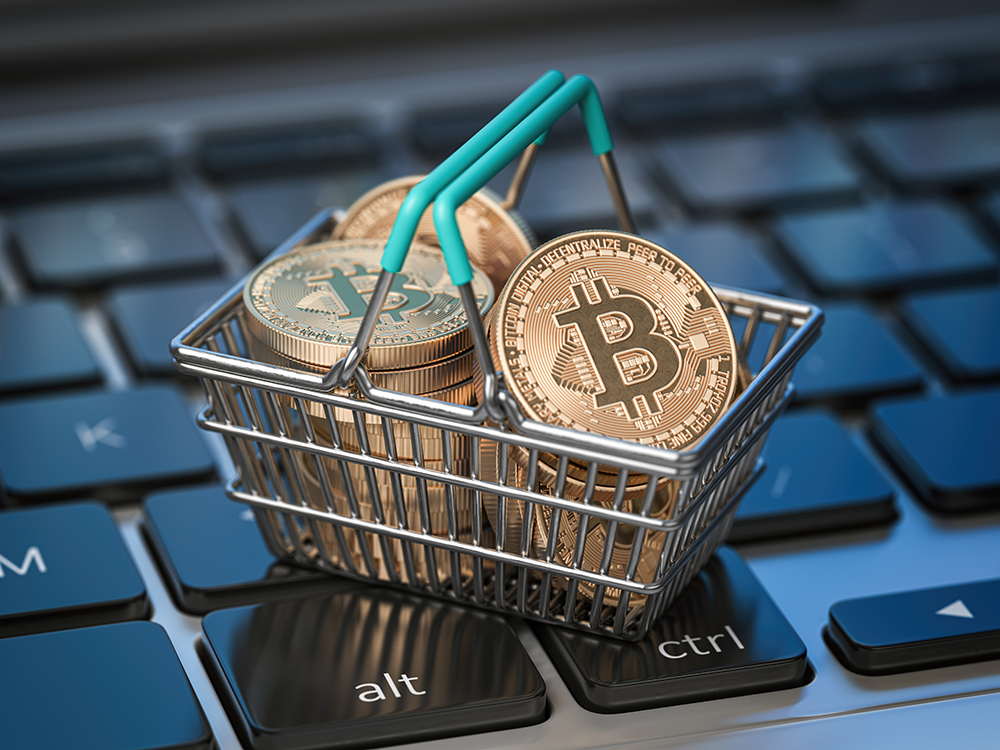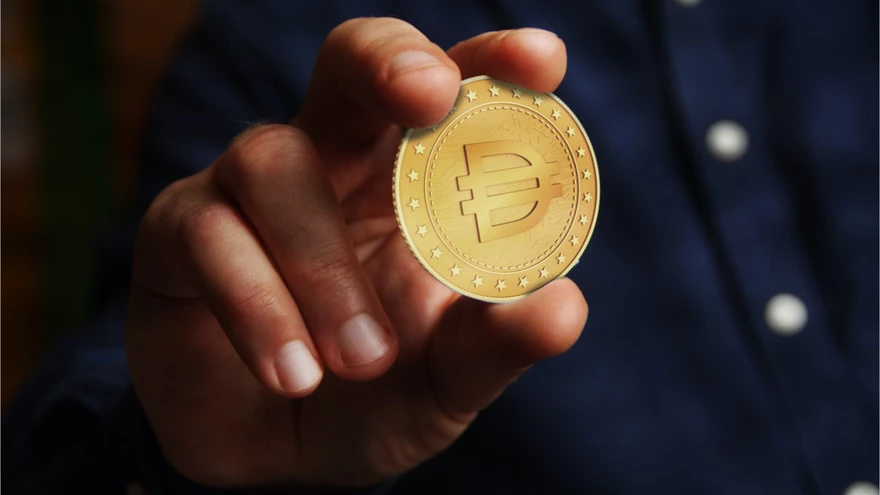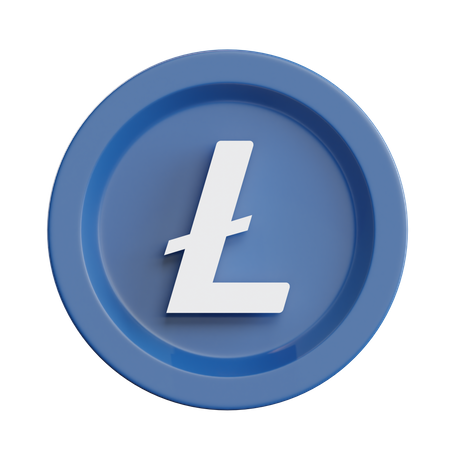When we talk about Bitcoin, we are talking about the first cryptocurrency that is successfully built in a decentralized way. Unlike the rest of the traditional market currencies that are centralized.
Bitcoin (BTC) is completely digital and we cannot get it physically.
Without a doubt, among all its characteristics, the most notable is that it has conquered the world as there are no borders with bitcoin.

Bitcoin is the technology of the future
Unlike what we are used to with the Dollar, Euro, among other international currencies, Bitcoin is not issued by a central authority such as a bank or a government. We did not find a single entity that controls the supply of bitcoins and constantly validates its transactions. The bitcoin network is made up of a huge network of nodes and payments between users are made peer-to-peer (p2p).
We would then be talking about a completely digital currency, without a physical state, becoming a global phenomenon spreading like an echo on a mountain.
Since its launch it has generated multiple reactions. The most important to highlight is the formalization of a new industry in constant growth. We are talking about the creation of thousands of digital currencies a year, hundreds of projects and options yet to be exploited. Datium, within the field of medicine, launches its own digital currency called MDCx with the aim of rewarding users, patients and doctors for treating health information and sharing it with third parties for the common good. Improve healthcare.
Bitcoin is already accepted as a form of payment in thousands of online and even physical stores. Allows the creation of decentralized business models. Perhaps we are talking about the new digital era where the queens were the cryptocurrencies and the kings the users.

Essential Points of Bitcoin today
We can find the following most notable points of Bitcoin:
• Bitcoin is the first decentralized currency.
• It is powered by a global peer-to-peer payment network.
• Payments are irreversible.
• You have a limited supply.
• The price is determined based on supply and demand.
• Powered by blockchain technology.
Bitcoin’s eternal rivalry against fiat currencies
If we stop short and observe the first difference between the two, it’s simple, when we talk about Bitcoin we talk about decentralization, when we talk about fiduciaries, we talk about centralized, governments, countries. But we are only scratching the surface of what we call Bitcoin. To understand it a little better, let’s take a closer look at a transaction in both scenarios.
When we are going to make a purchase online (for example), we will be using a credit card. The issuer of the credit card, your bank, will have the last power to decide whether to authorize the transaction or not. Therefore, we are talking about the credit company being a validation authority. This concludes that you will need to confirm that the transaction has been carried out or not. Otherwise, the person you are paying could claim that you did not pay the agreed price or that you never completed the transaction. All traditional currencies work this way, but bitcoin does not.
With BITCOIN, the card company paper is distributed to over a million nodes. These nodes are continuously verifying the transactions. If a node transmits invalid transactions, other nodes will be able to verify that something is wrong and not propagate the false information. If the node continues to transmit invalid transactions, eventually the network ignores it entirely. You must understand that Bitcoin transactions are irreversible, therefore they cannot be reversed or claimed. Unlike the transactions we know.
Once you send bitcoin to a certain address and the transaction is added to the blockchain, you can no longer change your mind. That is why you have to be very careful when shipping.
How many BTC are in circulation? How much can there be?
One of the main differences between traditional currencies and cryptocurrencies is that cryptocurrencies have a limited supply. In the case of BTC, there can only be 21 million Bitcoins. This protects the currency against inflation. At the same time it ensures that there are enough currency units for people to use. Each BTC can be divided into 100,000,000 negotiable units, called Satoshis (decimals). This means that we could be trading 2.1 quadrillion satoshis.
We encourage you to continue visiting the complete Datium page and not stop learning all the essentials of this new crypto world. Together we will travel a path full of emotions and sensations. And your medical information, together with us, will help improve healthcare worldwide.






